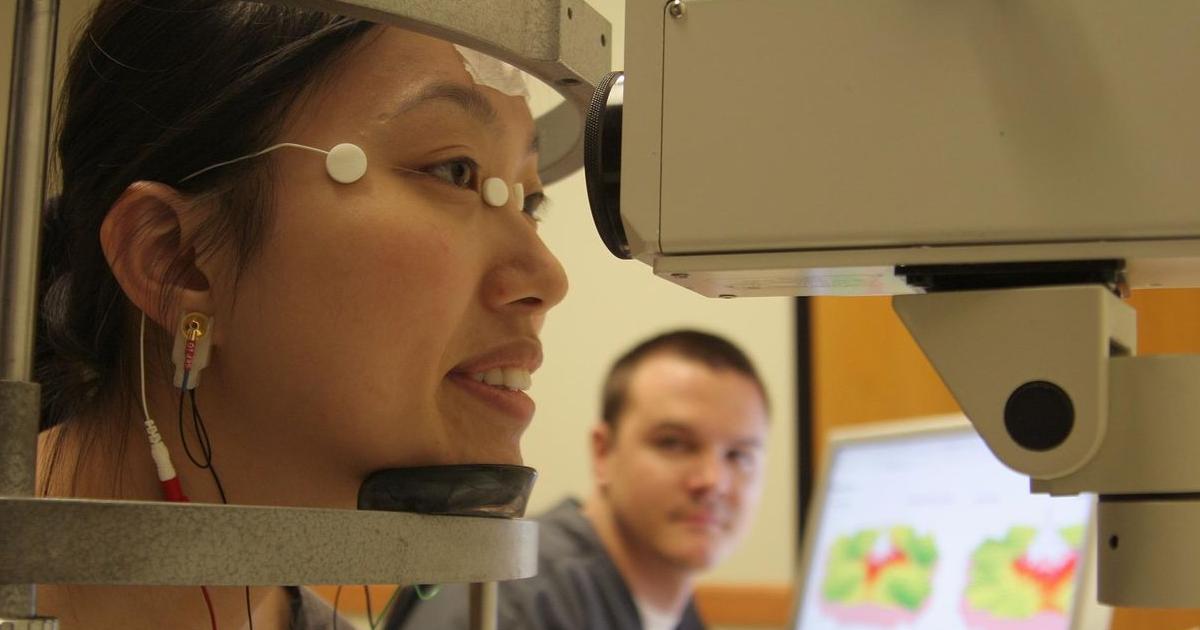Guide To Diagnosing And Treating Leber Congenital Amaurosis
Leber congenital amaurosis (LCA) is a disorder that affects the retina, the layer in the back of the eye responsible for capturing images. Beginning in infancy, individuals affected by LCA tend to have a significant visual impairment. Visual impairments occur because of retinal degeneration and abnormal function. The retina contains photoreceptor cells, which are responsible for sensing light. The photoreceptor cells do not work in Leber congenital amaurosis patients, which results in the eye's inability to capture images. LCA is caused by a genetic mutation inherited from an affected individual's parents. Mutations in nineteen different genes can cause this condition. These genes encode instructions on how to produce proteins required for proper eyesight. Light sensitivity, involuntary eye movements, eye rubbing, and farsightedness are all characteristic symptoms of Leber congenital amaurosis.
There are various ways to diagnose and treat an individual affected by this disorder. Learn about them now.
Diagnostic Procedures

Diagnostic procedures are often required in order to make a Leber congenital amaurosis diagnosis. Initially, LCA patients do not exhibit an abnormal appearance of their retina. The normal appearance is due to the fact retinal degeneration does not occur in the early stages of this condition. It is for this reason that it takes more than just an ophthalmic examination to diagnose Leber congenital amaurosis.
The most common diagnostic procedure used to diagnose this condition is an electroretinogram (ERG), a test that measures and determines the activity level of an individual's retina. It works by checking the neural and non-neuronal cells in an individual's retina for responses to light stimuli. The ERG results appear in the form of waves in individuals who have healthy and fully functional eyes. In Leber congenital amaurosis patients, ERG results appear as a flat line. This flat line indicates there is no activity or retinal function in response to the light stimuli. Another diagnostic procedure that is important in the diagnosis of LCA is genetic testing. In order to treat this condition effectively, the abnormal gene causing a patient's case of Leber congenital amaurosis must be identified.
Learn about how doctors treat Leber congenital amaurosis now.